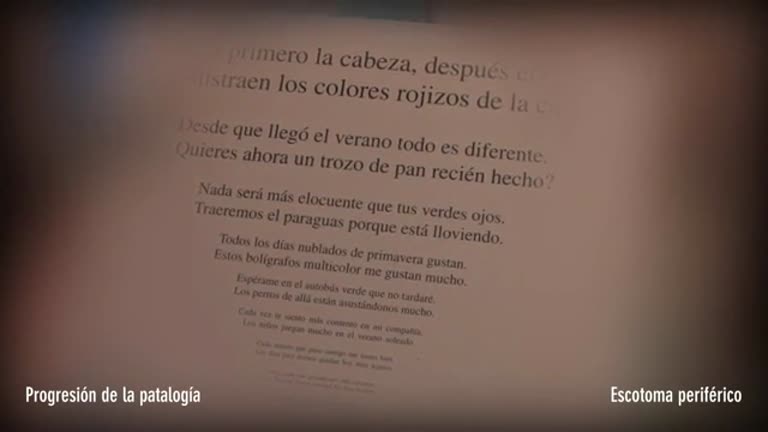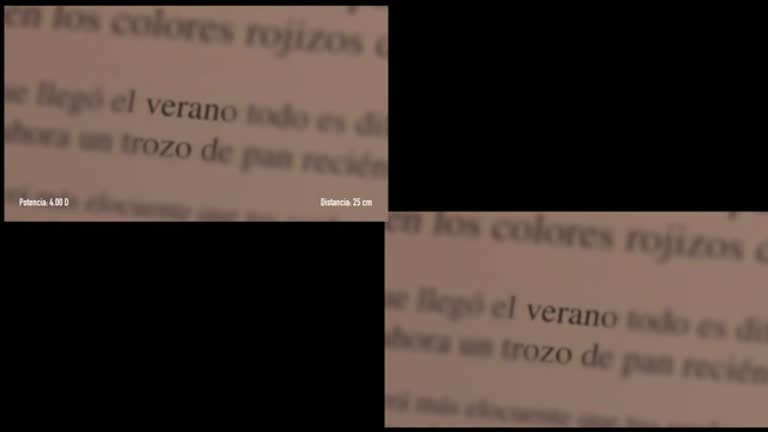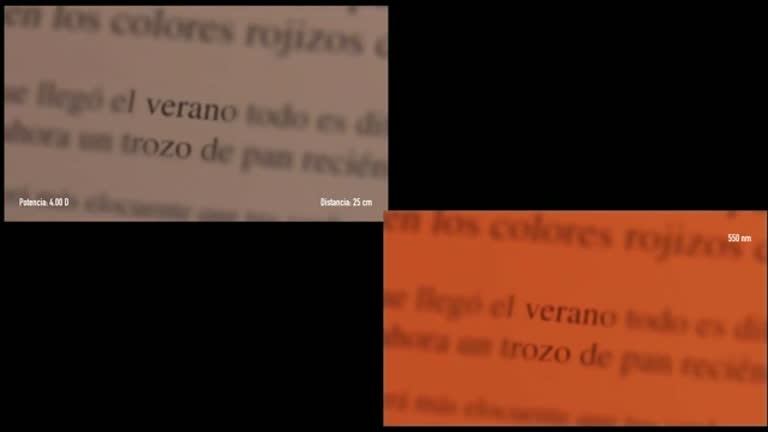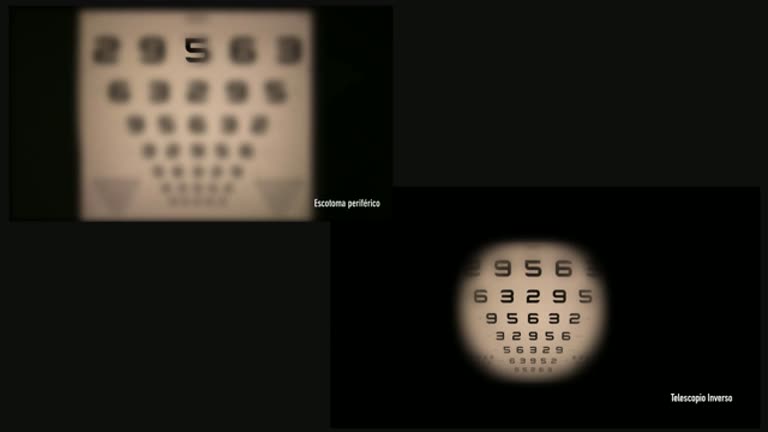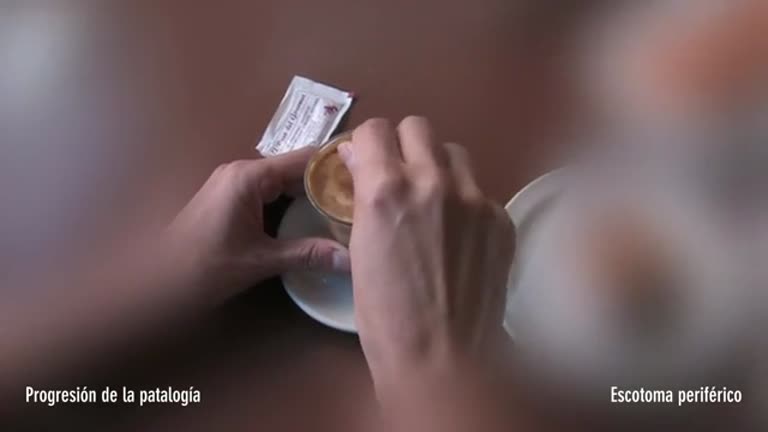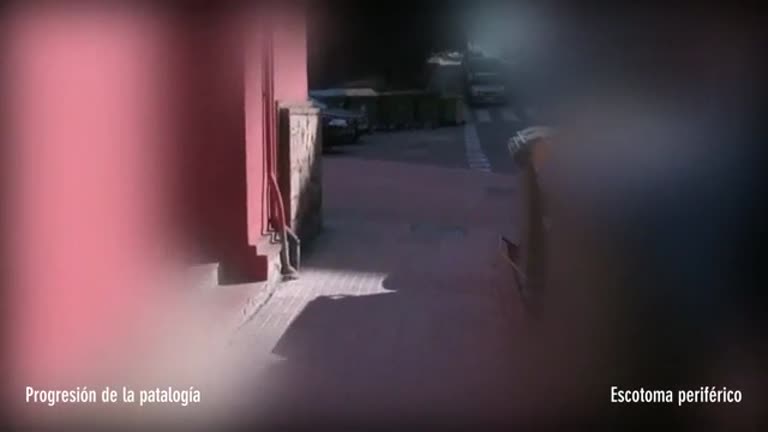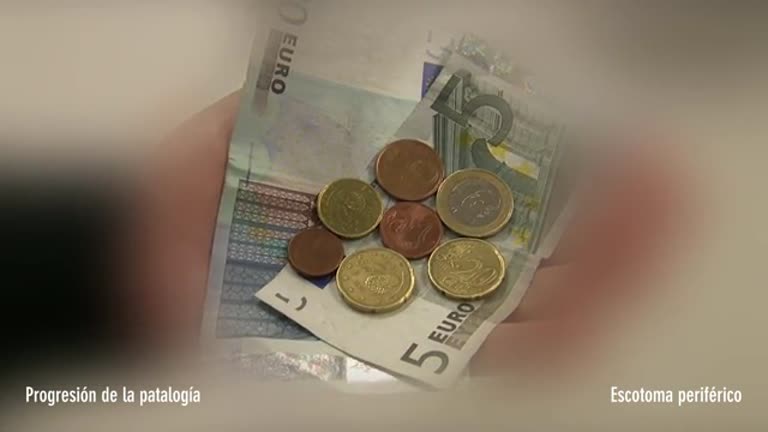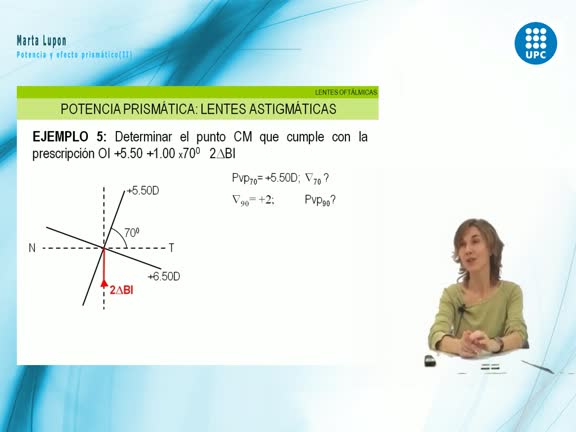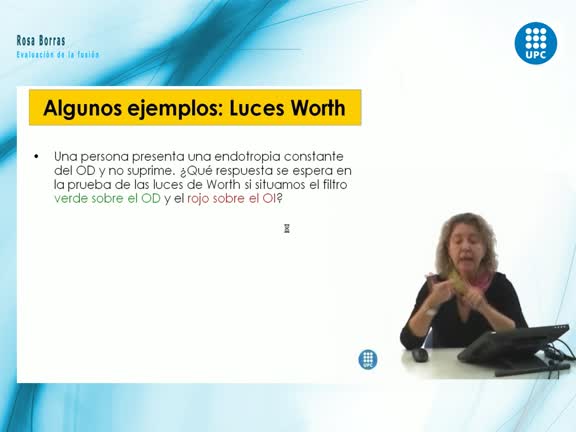Objectes multimèdia amb l’etiqueta: Ciències de la visió
Resultats de la cerca
Escotoma Periférico en Visión Cercana (VP) - Ayuda: Acercamiento y Microscopio
Accés obert
1 de febr. 2012
Escotoma Periférico en Visión Cercana (VP) - Ayuda: Acercamiento, Microscopio y Filtro 450 nm
Accés obert
1 de febr. 2012
Escotoma Periférico en Visión Cercana (VP) - Ayuda: Acercamiento, Microscopio y Filtro 550 nm
Accés obert
1 de febr. 2012
Potencia y efecto prismático II
Accés obert
11 de des. 2011
La potència prismàtica en el cas de les lents astigmàtiques.
Evaluación de la fusión. Luces de Worth. Ejemplos
Accés obert
8 de nov. 2011
Exemples d'avaluació de resultats de les diferents respostes dels pacients a l'hora d'avaluar la fusió amb les Llums Worth.


